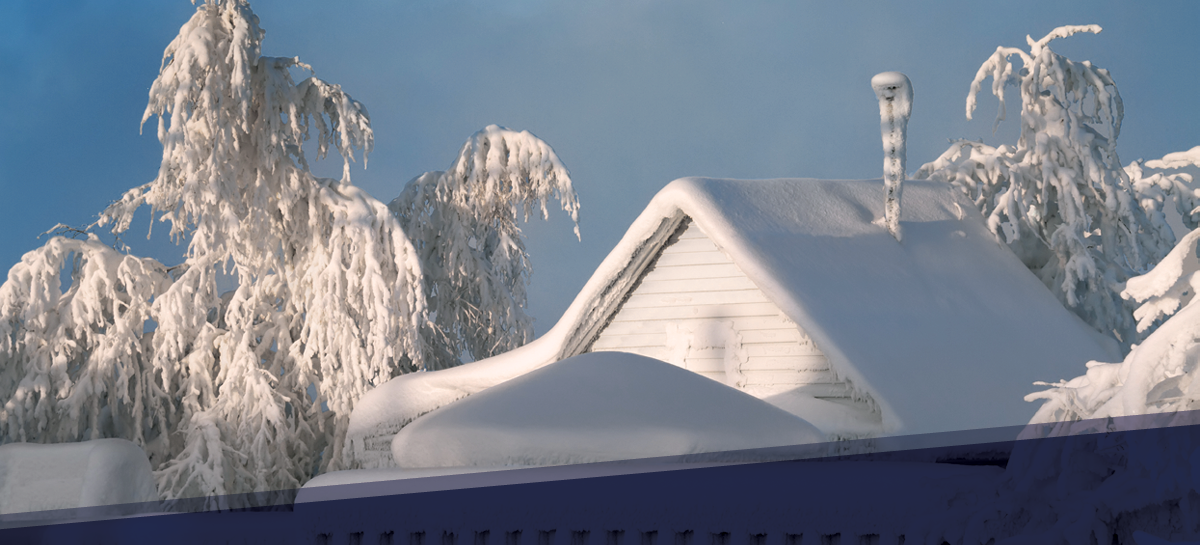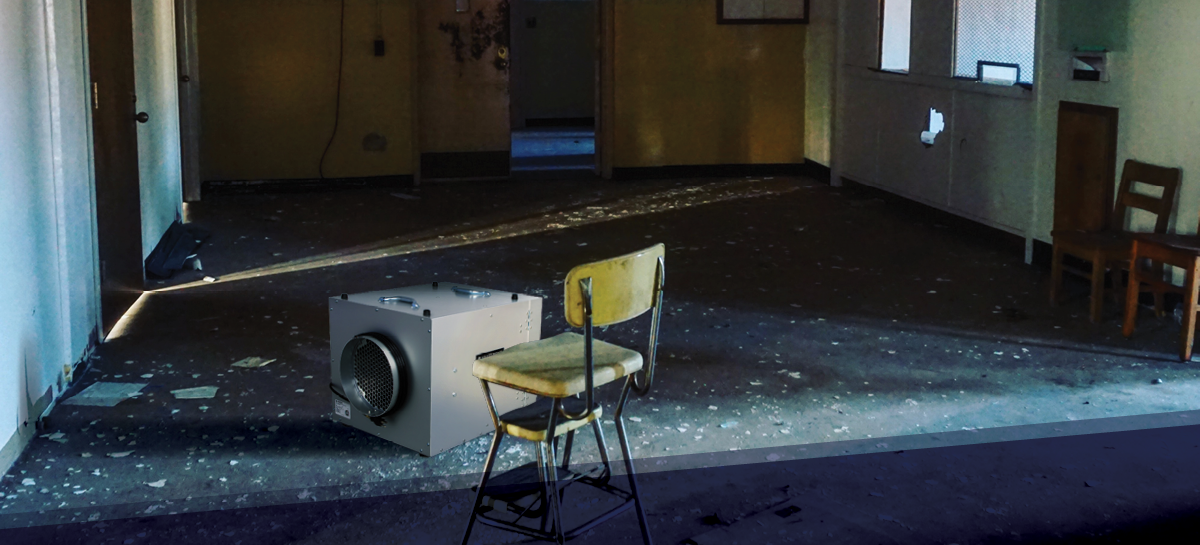Winterization checklist: How to prepare your building for winter
Avoid property damage with these quick tips
Winters in Canada and the northern U.S. are notoriously harsh. Each year, piled-up snow and ice damages roofs, and frozen pipes burst to wreak havoc on structures of all shapes and sizes. While winter storms are outside your control, preparing for them is not.
Here are some quick tips to prepare your building for winter.
Prevent Plumbing and Pipe Problems
One of the main threats that cold weather poses to buildings is frozen pipes. When pipes freeze, they burst, and the ensuing water damage can lead to mold growth, structural damage, and significant repair costs. Here’s what you can do to prepare:
- Keep inside temperature above 55F/12C to prevent freezing
- Check pipes for any air leaks
- If pipes are in non-insulated or non-heated areas, consider wrapping pipes in insulation to prevent freezing
Additionally, it’s best to expect the unexpected and prepare for the worst. In this case, that means having equipment on hand to handle flooding. When a pipe bursts and water spills into your building, the clock immediately begins ticking. Mold can form in just 24-72 hours. If you don’t have equipment on hand, you’ll be asking how to get rid of mold rather than how to prevent it.
Here are some items you’ll want to have around in the case of a burst pipe:
- Air movers, such as the RAPTOR® RAM1000 Centrifugal Air Mover
- Dehumidifiers, such as the AQUATRAP® AT150RS LGR Dehumidifier
When flooding occurs, use air movers to dry the building and dehumidifiers to capture and remove the moisture in the air.
Secure your Structure
Though snow may look light and fluffy when it’s falling, anyone who has shoveled snow knows that fluffy snowflakes accumulate into dense snow packs. While snow piling on your driveway may be little more than an annual inconvenience, snow piling on roofs can cause severe structural damage.
The most dramatic example of structural damage from snow is roofs caving in. But this isn’t the only, or the most common, way that snow and ice on roofs can cause damage. The more common threat to structures from snow buildup is water damage. Snowmelt on roofs can leak into attics and cause mold growth. This can happen when shingles are missing or broken on the roofs, allowing water to seep through.
Additionally, ice dams forming around gutters are a major concern. Like caved-in roofs, falling icicles causing serious injury or death to passersby are a dramatic example. More commonly, these icicles grow in size and weight, putting strain on gutters and causing them to break. When this happens, the falling gutters and ice can damage the rest of your structure and make exposed portions of the structure liable to water damage.
Here’s what you can do to protect your roof from snow and ice:
- Clean the gutters, removing any leaves, debris, snow, or ice
- Inspect the roof, looking for missing or broken shingles
- Install heated cabling to warm your roof and prevent snow buildup
Have your HVAC’s Back
Your HVAC system has your back all year, keeping you cool in the summer and cozy in the winter. The least you can do is ensure it’s set up for success going into winter. As you put more strain on your HVAC system to heat your building throughout the cold winter months, here are a few things you can do to have its back:
- Change the filters
- Empty condensation traps
- Inspect the system for any blockages
Win with Winterization
At times, winter can feel like a primal battle between you and the elements. You never know what winter will throw at you, but by preparing for the worst, you set yourself up for success no matter what winter holds. This winter, be ready for anything with Abatement Technologies equipment at your disposal and win the battle against winter.



